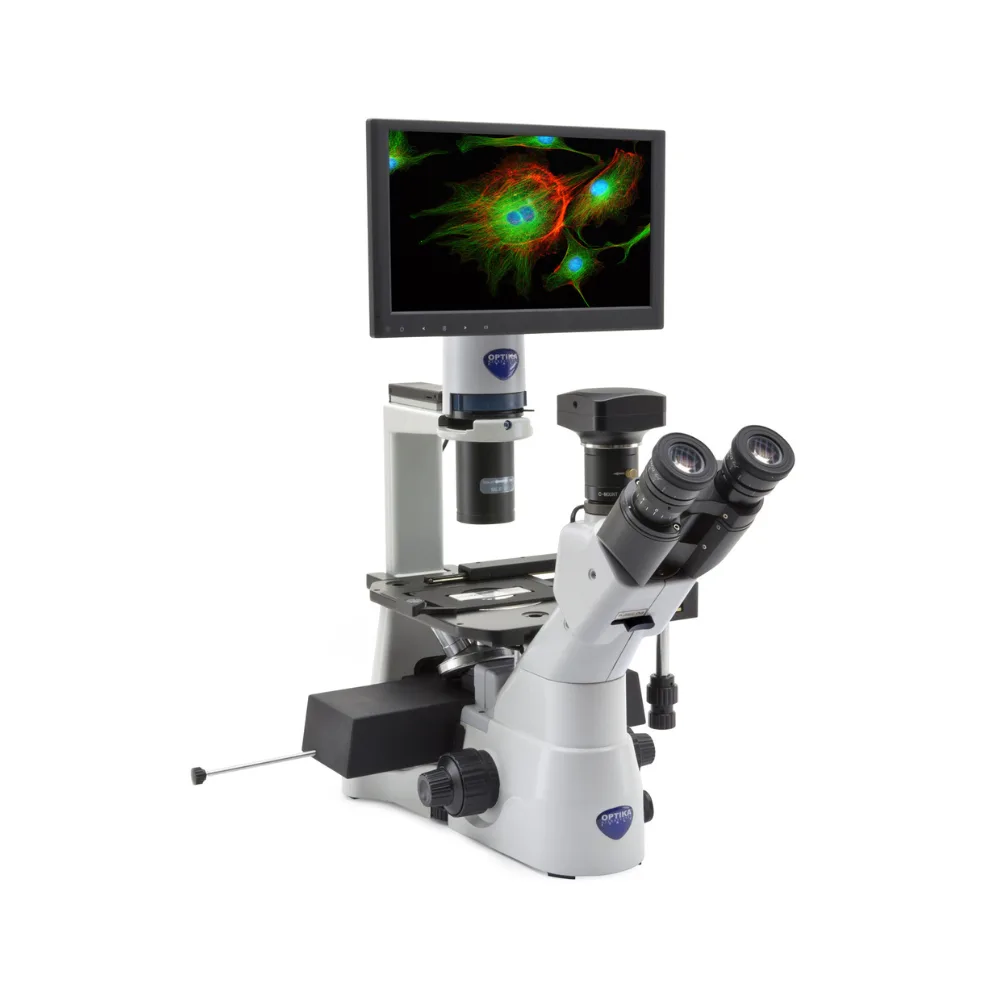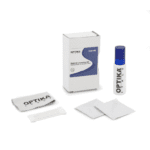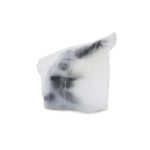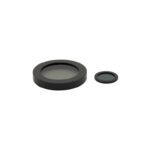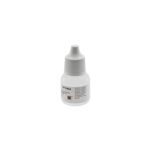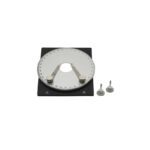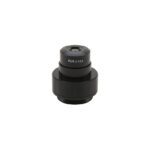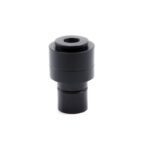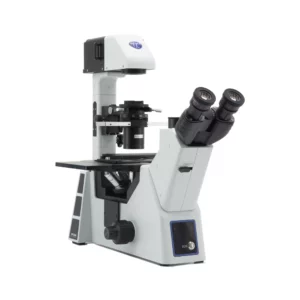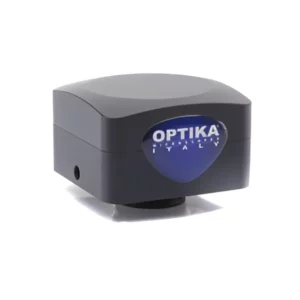The Fluorescent Light Microscopes from Optika Microscopes offer advanced imaging solutions for scientists across South Africa. Available from Apex Scientific, these microscopes are ideal for visualizing biological and chemical specimens using fluorescence. They highlight fine structural details by converting short-wavelength excitation light into longer-wavelength emission, creating vivid and precise images.
Principle of Operation
Fluorescent Light Microscopes work by exciting fluorophores within a sample using light of a specific wavelength. The emitted fluorescence, which is of a longer wavelength, is isolated from the excitation light using an emission filter. Core components include a light source (such as a mercury-vapor lamp or high-power LED), an excitation filter, a dichroic mirror, and an emission filter. These elements must be precisely matched to the fluorophore in use. Typically, one fluorophore is viewed at a time, while multi-color imaging is created by merging separate channels.
Epifluorescence Microscopy
The FLUO Series relies on epifluorescence microscopy—a widely used method in life science research. This system uses the same objective lens for both excitation and emission. As a result, the signal-to-noise ratio is enhanced, producing sharper images. A dichroic beamsplitter ensures that only the emitted light reaches the eyepiece or camera while reflecting back any excess excitation light.
Ideal for Malaria and TBC Screening
The B-383LD1 LED Fluorescent Microscope is especially useful for fast diagnosis of malaria and tuberculosis. It uses the acridine-orange staining technique to deliver reliable results. For enhanced performance, we recommend the optional W-PLAN 50x/0.75 no cover glass objective. This setup balances high image quality with cost efficiency.
Versatile Observation Techniques
Beyond fluorescence, these microscopes support other observation methods, including brightfield, darkfield, and phase contrast. This flexibility allows researchers to explore various sample characteristics using a single instrument.
For expert advice and more information, read our article, Choosing the Right Microscope for Your Laboratory: A Detailed Guide. You can also explore our Insights page for technical resources and browse our full product range to find the best solution for your application.

